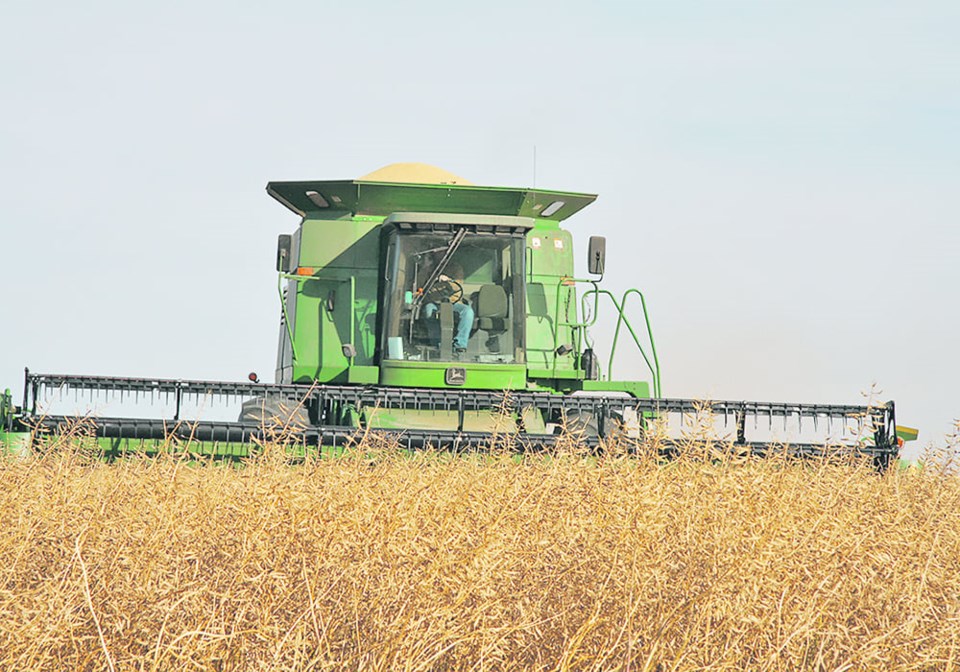WESTERN PRODUCER — Strong mustard prices and available hybrid varieties have prompted a few farmers from outside the crop’s traditional growing regions to consider growing the oilseed.
Cory Jacobs, crops specialist for the Province of Saskatchewan, said elevated mustard prices make the new hybrid varieties worth trying, even in northern areas of the province.
“The main thing if you’re looking to grow mustard is to watch out for canola contamination,” Jacobs said.
“It’s a different management style compared to canola. So, if they’re willing to try something, I’d say give it a try. Prices are strong now. In the future I don’t know, but I think we’re showing that we can limit the yield gap between canola (and) mustard.”
Jacobs discussed agronomy research on hybrid mustard during the Saskatchewan Mustard Development Commission general meeting in Saskatoon.
One of the studies was an Agricultural Demonstration of Practices and Technology (ADOPT) project conducted at Outlook, Sask., during the 2022 growing season. It compared the performance of two hybrid mustard varieties, AAC Brown 18 and AAC Yellow 80, to L233P canola grown under irrigation.
AAC Brown 18 first came to market in 2019, while AAC Yellow 80 became available in limited quantities in 2021.
The Outlook area received little rain in 2022, and six inches of water were added with irrigation. Each plot was fertilized to current recommendations for each crop.
Jacobs said there was no significant difference between the crops in days to maturity, and the AAC Brown 18 hybrid mustard yielded about the same as L233P canola.
“We were in the mid-60 (bushels per acre) range there for yield and then the Yellow 80 yielding about 48, which I would say is significantly lower, about a 30 percent yield difference there. But again, it’s not a true hybrid, it’s a composite and that’s making up the difference,” Jacobs said.
He wants to run the trials again to confirm that AAC Brown 18 yield is roughly equivalent to L233P under high fertility and favourable moisture conditions.
“It’s exciting to actually have a solid strong hybrid out there that can yield equivalent to canola if it’s pushed hard enough. There are some other challenges with it, with getting some genetics bred into it for pod shatter and disease resistance, but it’s a good start for a crop that really hasn’t had many breeding advances in the past,” Jacobs said.
Diseases are a significant challenge in mustard crops that the industry and breeders need to address.
“We have genetic resistance in canola to … blackleg, sclerotinia, clubroot. With mustard we are still bringing that up. In the future it will be better. That’s just one thing to look out for, whether you use some fungicides to help with mitigating that or some other means.”

